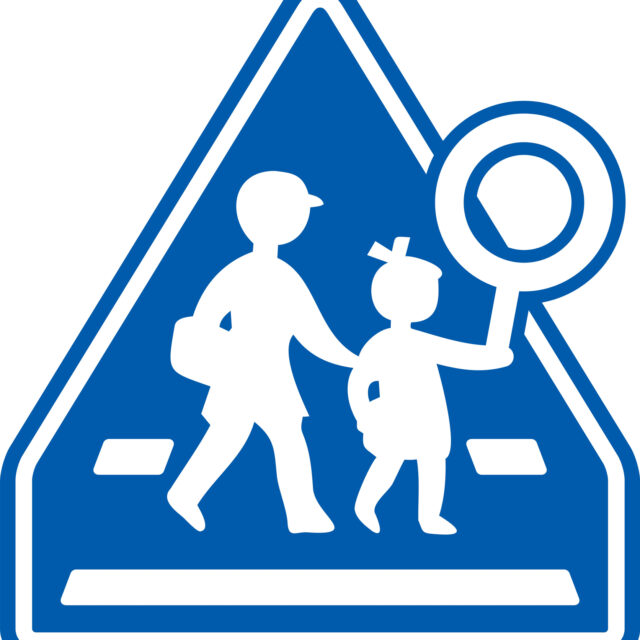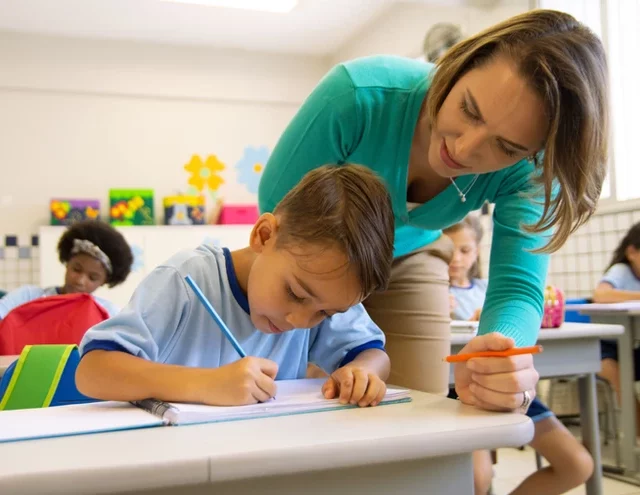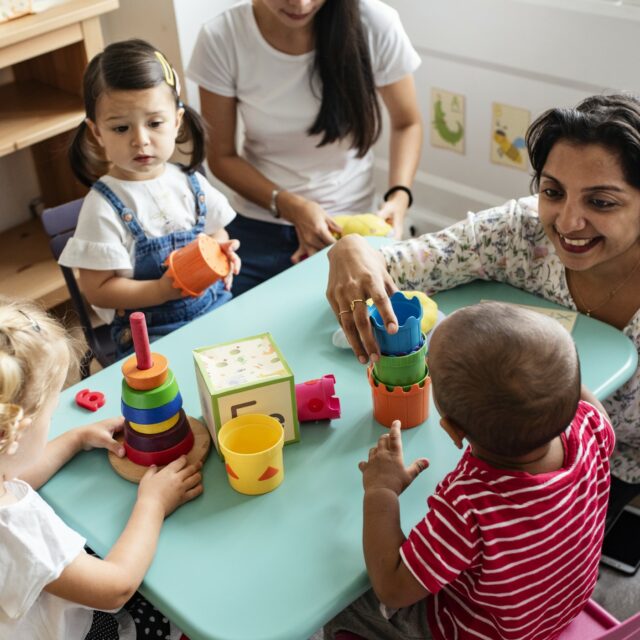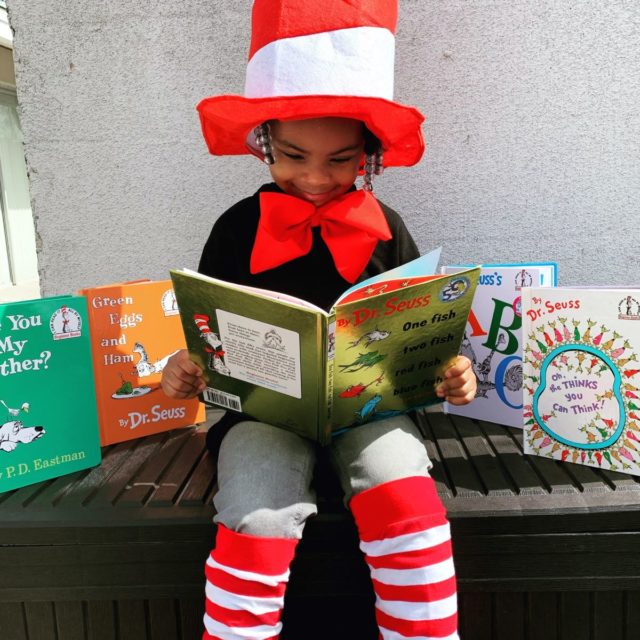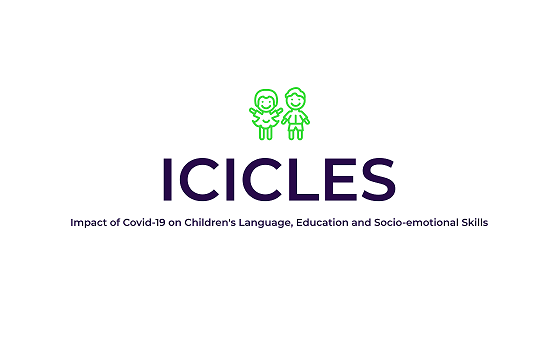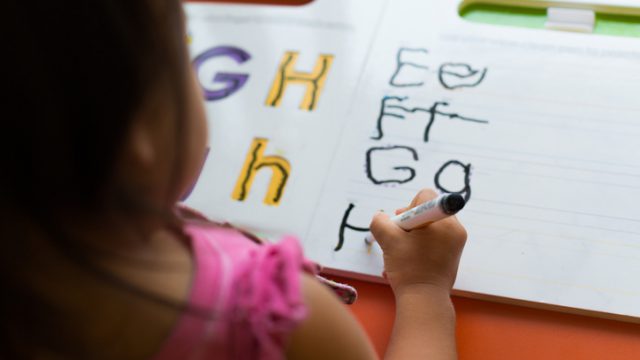Can an app help spot the gap? How technology might help address attainment gaps among early years children
Expected impacts from the disruption to children’s education as a result of the Covid-19 crisis have been a recurrent theme since the start of lockdown, particularly for children from more disadvantaged backgrounds. Children in Reception and Year 1 are among the first being encouraged to return to school from 1 June. At the same time, early years and childcare settings are also being asked to welcome more children back. This focus on getting the youngest back to educational settings acknowledges the critical importance of learning in the early years for future outcomes.
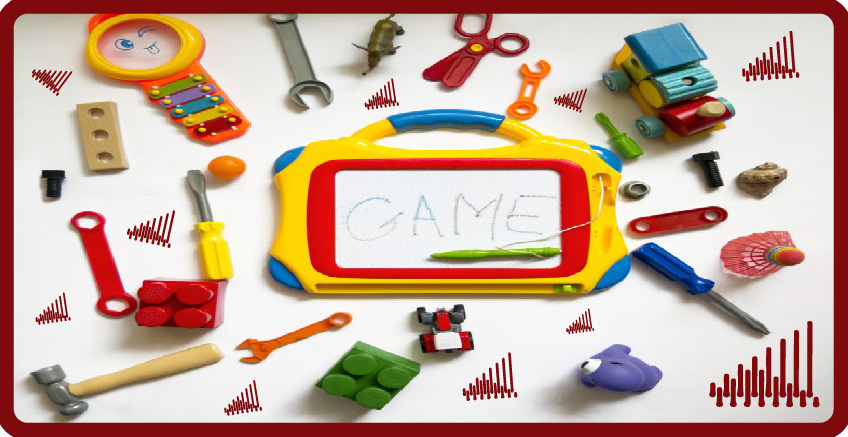
Expected impacts from the disruption to children’s education as a result of the Covid-19 crisis have been a recurrent theme since the start of lockdown, particularly for children from more disadvantaged backgrounds. Children in Reception and Year 1 are among the first being encouraged to return to school from 1 June. At the same time, early years and childcare settings are also being asked to welcome more children back. This focus on getting the youngest back to educational settings acknowledges the critical importance of learning in the early years for future outcomes. So, what steps can we take to ensure that children get the support they need as they return to early years settings?
One helpful step is to get a picture of where individual children are in their learning and development in order to identify areas where they need support. Our joint report (published today) evaluates the pilot of the Early Years Toolbox, a bundle of iPad-based apps designed to assess young children’s abilities. In this study (undertaken prior to the Covid-19 crisis), three of the EYT apps, measuring language, numeracy and social development and self-regulation, were combined with training and support in a package designed and delivered by a team from Action for Children, with expert input from Professor Edward Melhuish of the University of Oxford. The programme aimed to provide a means for early years practitioners to assess children’s skills so that support could be better targeted to children’s needs. The apps were designed to be quick and simple for practitioners to use, recognising the many demands on their time. In addition, the game-like design of the apps aimed to be appealing for young children, so that engaging with the apps would not feel like a formal assessment.
Overall, our independent evaluation, funded by the Education Endowment Foundation (EEF), showed potential for the programme to positively influence practices in early years settings. A key theme emerging was the different experiences of private, voluntary and independent (PVI) settings compared with those that were school-based. PVI settings were more likely to find the apps helpful (especially in the case of the numeracy app), enabling them to identify knowledge gaps for individual children and also whole classes, so they could adapt learning accordingly. In contrast, school-based nurseries often had established approaches for assessing children and did not find the apps as useful. Practitioners in PVI nurseries also tended to be more enthusiastic about the training and mentoring support that the programme provided. This included one-to-one support with experienced educational practitioners, which some PVI practitioners felt had made a notable difference to their teaching practices.
Contextual factors also affected the success of the programme. For instance, most settings preferred to play the apps with pupils in an isolated quiet space, ideally in a separate room, to avoid distractions from other children. However, as many nurseries are designed around one large room, this was often not possible – a fact that also demonstrates how some settings may struggle with social distancing guidelines as settings welcome back more children.
Another difference between nurseries was their attitudes or policies around using technology in the setting. Some nurseries felt children already spent enough time on screens at home, and therefore had adopted a ‘no screen’ policy in the nursery, some more formally than others. However, other nurseries felt that this familiarity with screens, especially tablets, was a key strength of the approach: they found that children enjoyed playing the games and it took away the sense of being tested, precisely one of the aims of the developers. Of course, the lockdown may have contributed to an increase in screen time for many young children as parents have had to juggle homeworking, childcare and home-schooling. This may reinforce nurseries’ case for adopting ‘no screen’ policies, but it may also strengthen the rationale for the intervention itself, i.e. that children will feel comfortable when they are assessed through playing tablet games.
The re-opening of early years settings to a wider group of children following the lockdown poses a huge set of challenges. Although health concerns and logistics around social distancing may well be first and foremost in many people’s minds, a further challenge will be how to plan learning and activities to best support children on their return to a setting environment. In doing this, measures that can identify children’s level of development, not just for cognitive skills such as literacy and numeracy, but also social and emotional outcomes, will be in demand, so that tools such as EYT may well prove helpful, both as children return, but also over the coming months as disruption to normal life continues. Implementing such measures takes time however, something early years staff were short of even before the current crisis, and as our evaluation showed, this presented a barrier to undertaking assessments, even when these were designed to be quicker to use than many existing assessment tools.
Our study found that the Early Years Toolbox pilot programme of assessment and training showed potential to be a useful tool for understanding and supporting children’s current development, especially for practitioners in PVI nurseries which can be less well-resourced than their school-based counterparts. Overall, we would welcome initiatives from EEF and other funders to explore what more can be done to support PVI nurseries in particular, as they have been largely excluded from the Covid-19 conversation. Research on early years is often conducted in school-based settings, which are generally better funded, have staff with higher qualifications, and more time and opportunities for Continuing Professional Development. In some areas, PVI nurseries simply start from a lower baseline, and therefore there are opportunities to achieve higher and identifiable impacts. What is certain is that programmes aimed at the early years should consider how their design takes into consideration the varied circumstances in different types of nurseries. For some programmes, such as EYT, further adaptation may be required to work effectively in both PVI and school-based nurseries.

